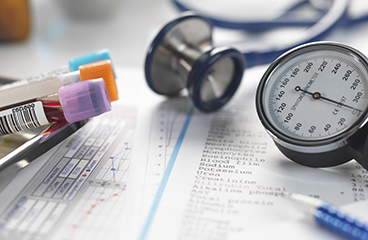Arterial Blood Gas (ABG) Test: About Your Child's Test
What is it?

An arterial blood gases (ABG) test is a blood test. It measures the acid-base balance (pH) and the levels of
oxygen and carbon dioxide in the blood. It uses blood drawn from an artery. This is where the levels of oxygen
and carbon dioxide can be measured before they enter body tissues.
Why is this test done?
An arterial blood gases test is done to:
-
Check for severe breathing and lung problems.
-
See how well treatments for lung problems are working.
-
Check for changes in how well your child's lungs, heart, or kidneys are working.
-
Look for problems linked to diabetes.
How do you prepare for the test?
-
Tell the doctor ALL the medicines, vitamins, supplements, and herbal remedies your child takes. Some may
increase the risk of problems during the test. Your doctor will tell you if your child should stop taking
any of them before the test and how soon to do it.
-
Plan for your child's recovery time. Your child may be told not to lift or carry objects for 24 hours
after blood is drawn from an artery.
How is the test done?
-
A health professional takes a sample of your child's blood. The blood is taken from an artery, usually on
the wrist.
-
The health professional will put a bandage over the puncture site and apply firm pressure for 5 to 10
minutes.
Follow-up care is a key part of your child's treatment and safety. Be sure to make and go to all
appointments, and call your doctor if your child is having problems. Ask your doctor when you can expect to
have your child's test results.
Current as of: May 13, 2023
Content Version: 14.0
Care instructions adapted under license by your
healthcare professional. If you have questions about a medical condition or this instruction, always ask
your healthcare professional. Healthwise, Incorporated disclaims any warranty or liability for your use of
this information.
© 2006-2025 Healthwise, Incorporated.